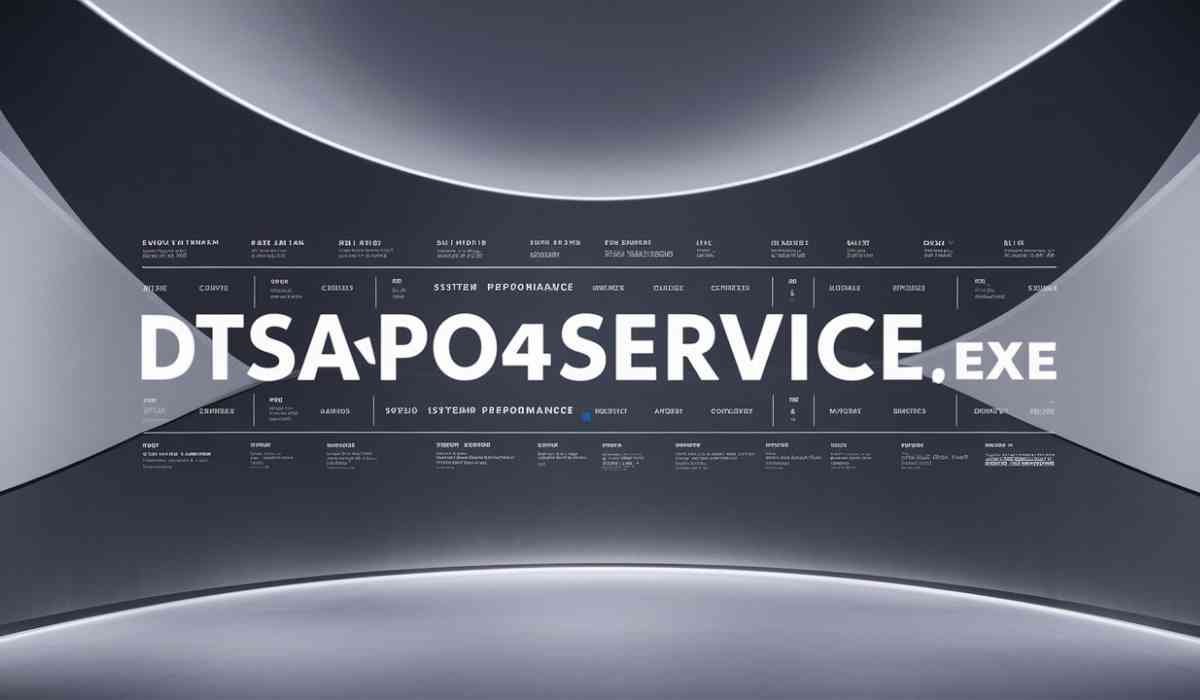Introduction
HR technology has become the backbone of modern workforce management, enabling companies to streamline operations, automate tasks, and integrate multiple platforms seamlessly. HRIS (Human Resource Information System) APIs are at the heart of this transformation, allowing different software tools—such as payroll, benefits, and employee databases—to work together efficiently.
However, integrating APIs into an existing HR system isn’t always smooth. Even minor errors in API implementation can disrupt payroll, expose sensitive data, or create compliance risks. Without careful testing, companies might find themselves dealing with miscalculations, duplicated employee records, or system failures that impact thousands of employees.
This is where sandbox environments come into play. A sandbox is a safe testing environment where developers can simulate real-world API interactions, troubleshoot errors, and optimize functionality—all without affecting live data.
Let’s explore why sandbox testing is a game-changer for HRIS integration, how it minimizes risks, and the best practices for using it effectively.
What is a Sandbox Environment?
A sandbox environment is a protected space designed for testing new software features or integrations before they go live. It functions as a controlled replica of an HRIS platform, allowing developers to assess how an API interacts with other tools without impacting real employee data.
For HRIS API integration, a sandbox typically includes:
- Sample employee profiles with different job roles, salaries, and benefits.
- Mock payroll systems to test calculations and compliance with tax regulations.
- Simulated authentication protocols to verify login security.
- Dummy workflows to check data synchronization between HR applications.
By creating a risk-free testing environment, companies can fine-tune their integrations, detect potential issues, and optimize system performance before rolling out changes.
Why Sandbox Testing is Essential for HRIS API Integration
1. Prevents Expensive Mistakes in Live Systems
A poorly tested API can cause serious disruptions in HR operations. Imagine a payroll system that suddenly miscalculates deductions, leading to incorrect employee paychecks. Fixing such errors in a live environment can be time-consuming, costly, and damaging to employee trust.
With a sandbox, companies can:
- Run test scenarios to check for calculation errors.
- Verify data flows correctly across different HR tools.
- Identify and fix potential glitches before deployment.
This proactive approach prevents costly payroll and benefits errors, saving time and resources.
2. Enhances Data Security & Compliance
HR systems handle highly sensitive employee data, making security a top priority. If an API integration inadvertently exposes confidential information, the company could face legal and reputational risks under regulations like GDPR, HIPAA, or CCPA.
Using a sandbox ensures that:
- Encryption methods are tested for secure data transfer.
- Access controls are validated to prevent unauthorized entry.
- Compliance requirements are met before an API goes live.
By identifying security vulnerabilities early, businesses can fortify their HR systems against cyber threats and compliance risks.
3. Reduces Downtime and Business Disruptions
HR teams rely on a network of interconnected software tools, from payroll to performance management. If a newly integrated API disrupts any of these connections, it could slow down processes, create errors, or even cause system outages.
Sandbox testing helps prevent such issues by allowing teams to:
- Check how the API interacts with existing software.
- Identify potential conflicts with third-party HR tools.
- Ensure seamless data flow and accurate reporting.
By catching problems before they affect live operations, companies can maintain uninterrupted HR functions.
4. Optimizes Performance for Scalability
As businesses expand, HR systems must handle more employees, increased data loads, and growing complexity. An API that works fine with a small team may struggle when scaled up to thousands of users.
Sandbox environments enable:
- Performance testing under high traffic conditions.
- Load balancing checks to prevent slow response times.
- Optimization of API calls for faster data processing.
By stress-testing APIs in a controlled setting, companies ensure their HR tech solutions remain efficient as they grow.
5. Encourages Experimentation Without Risk
Sandbox environments don’t just help prevent issues—they also foster innovation. Developers can safely:
- Explore new API functionalities.
- Customize integrations to fit unique business needs.
- Test advanced automation features in HR software.
By providing a risk-free space for innovation, sandboxes support HR tech advancements without disrupting daily operations.
Best Practices for Effective Sandbox Testing
1. Use Realistic Test Data
A sandbox should closely replicate the real-world system. Instead of using generic placeholders, create dummy employee profiles with diverse roles, salary structures, and benefit plans. This approach helps identify errors that might otherwise go unnoticed.
2. Simulate Worst-Case Scenarios
Don’t just test basic functions—anticipate possible failures and stress-test the system. This includes:
- Processing payroll during peak times to check for slowdowns.
- Entering incorrect API inputs to see how errors are handled.
- Simulating cyber threats to assess security robustness.
By preparing for worst-case situations, companies can build more resilient integrations.
3. Automate Testing for Greater Efficiency
Manual testing can be time-consuming. Using automation tools like Postman or JMeter can:
- Run tests faster and with higher accuracy.
- Validate API responses across multiple test cases.
- Monitor system performance over time.
This reduces human effort while ensuring comprehensive testing.
4. Keep Sandbox and Live Systems Separate
Mixing test environments with live systems can lead to unintended errors. Maintain strict separation between sandbox and production to avoid accidental data corruption or system failures.
5. Continuously Monitor & Improve
API testing shouldn’t be a one-time process—it should be ongoing. Regularly:
- Review performance metrics.
- Update security measures.
- Refine integration workflows based on HR feedback.
By adopting a continuous testing approach, businesses can keep their HR systems running smoothly.
Final Thoughts: Why Sandbox Testing is a Must for HRIS API Integration
HRIS API integrations are essential for modern workforce management, but without proper testing, they can introduce errors, security risks, and operational inefficiencies.
By using a sandbox environment, companies can:
- Detect integration issues before they go live.
- Ensure data security and compliance.
- Prevent disruptions in HR processes.
- Optimize performance for long-term scalability.
- Encourage innovation in HR technology.
In an era where HR tech is evolving rapidly, businesses that prioritize sandbox testing in HR integration will stay ahead, reduce risks, and create a seamless employee experience.









